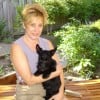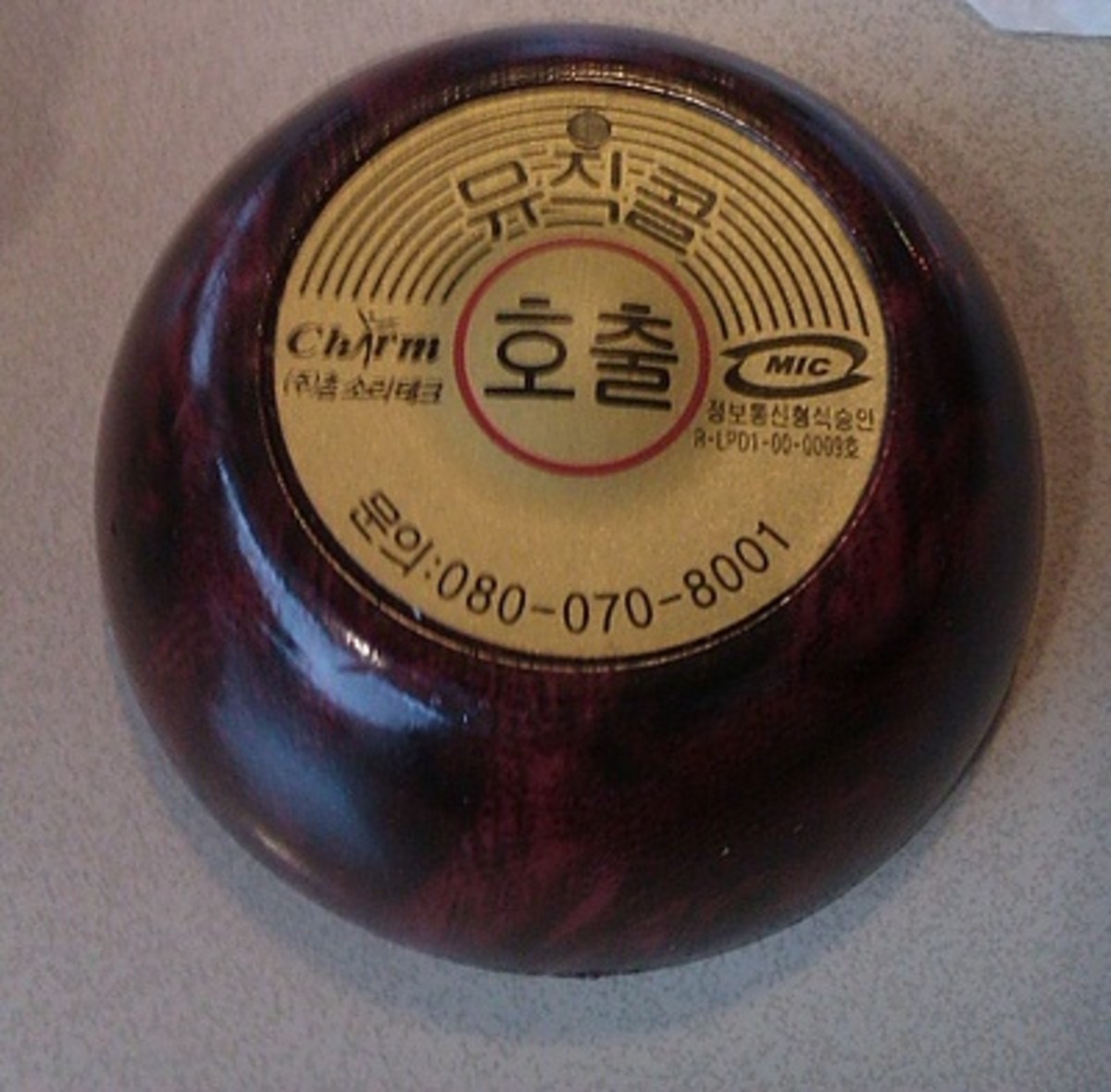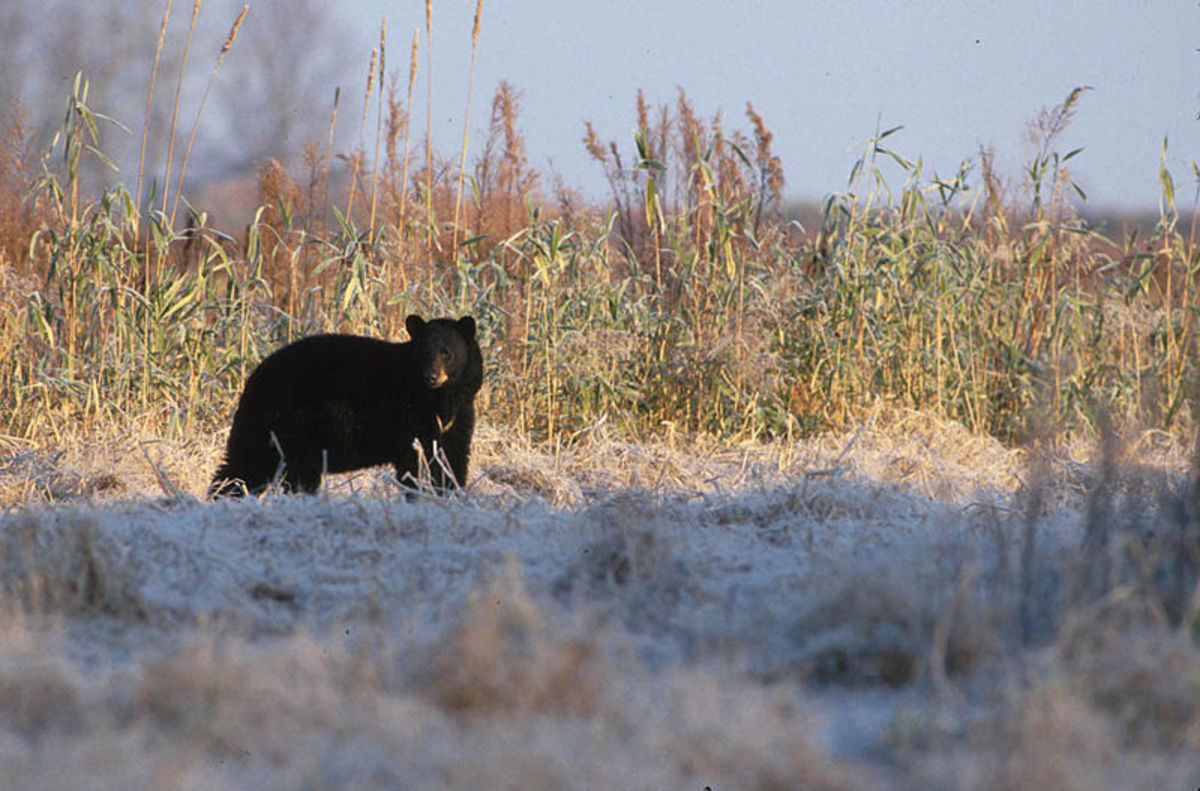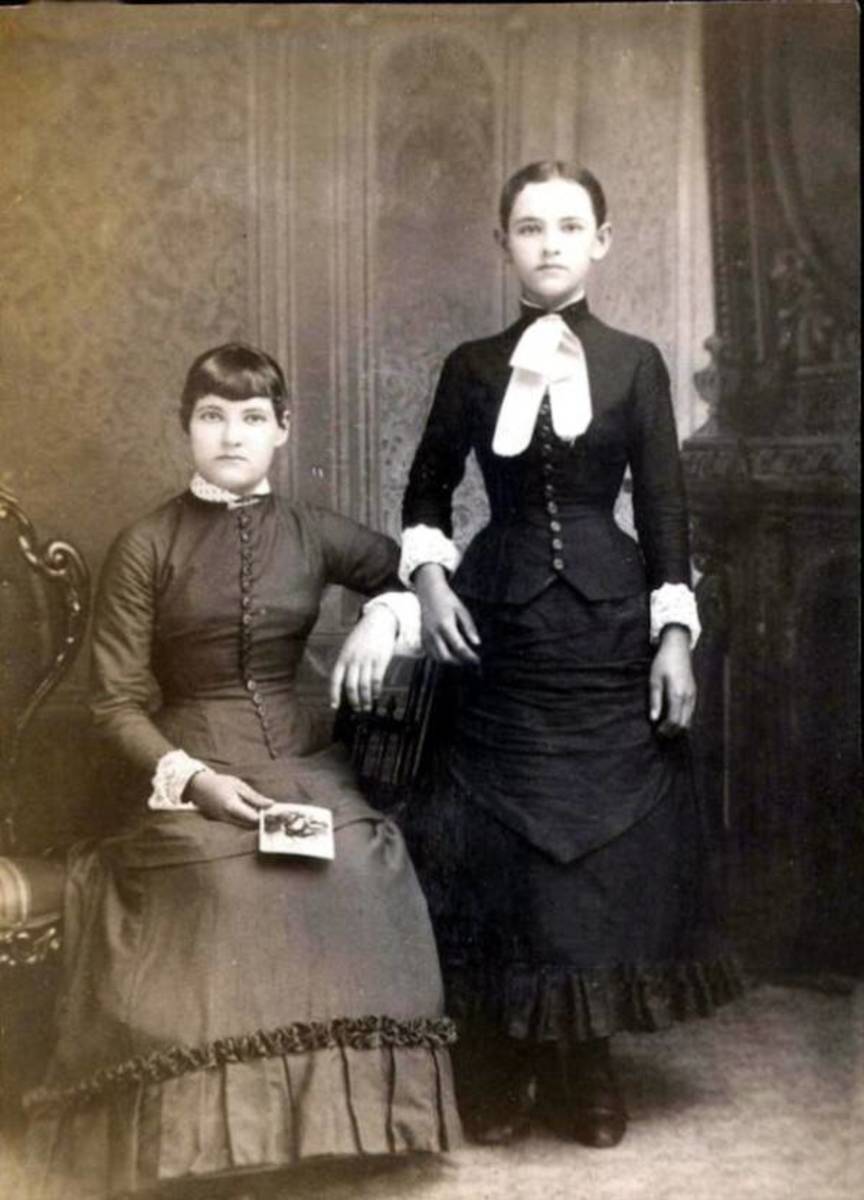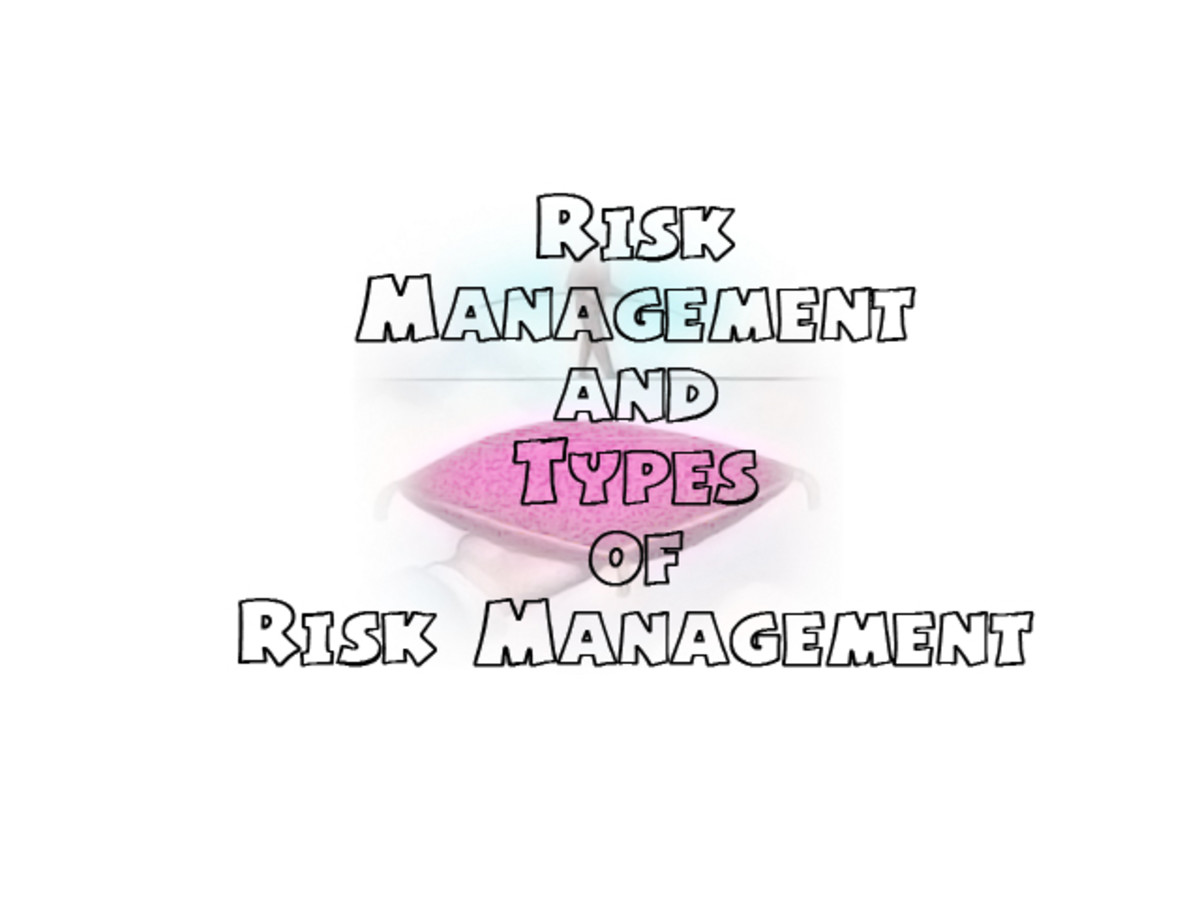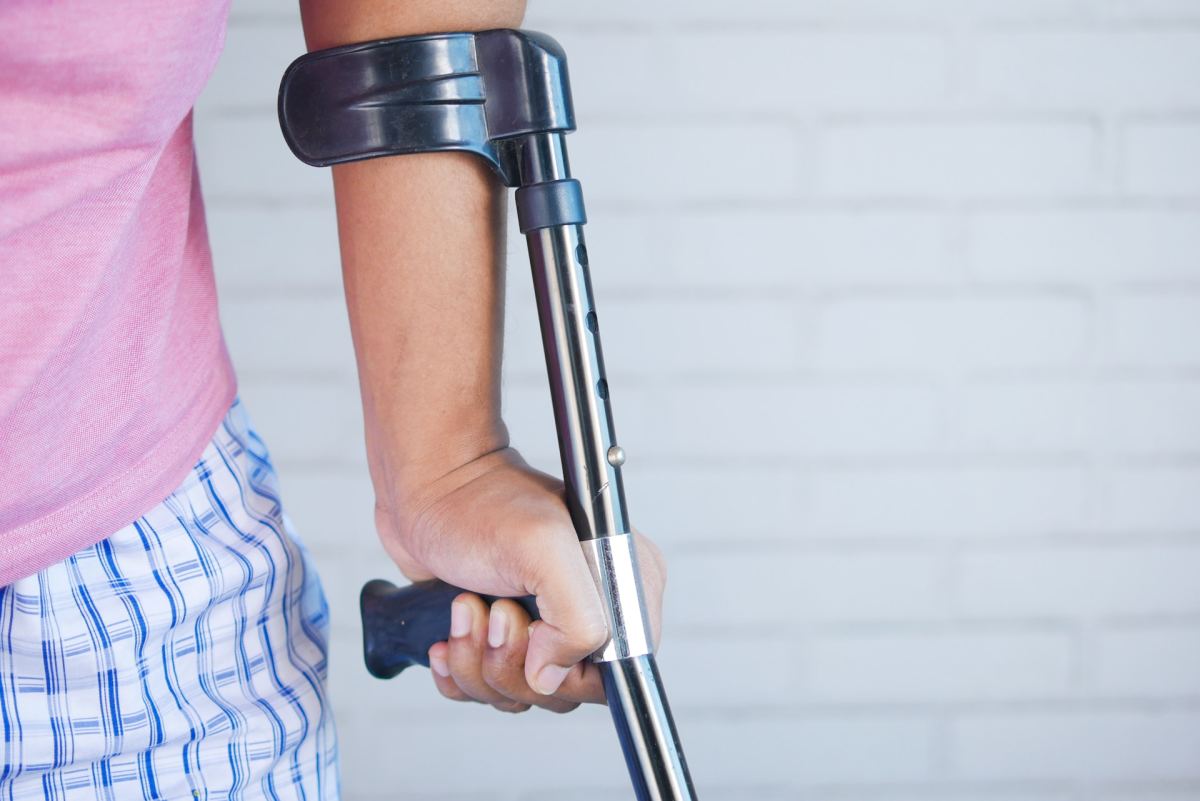Reduce Restaurant General Liability Exposures
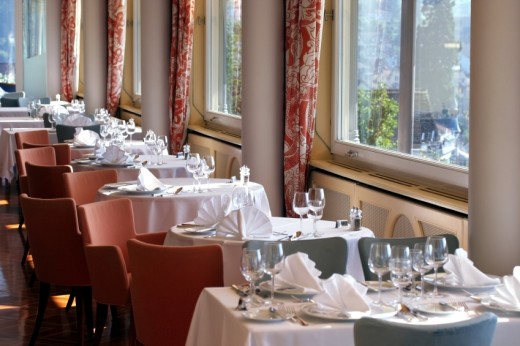
Many people dream of owning their own restaurant, perhaps driven by the desire to play host to an interesting crowd of people every night, or the chance to show off culinary talent. Owning or managing a restaurant, however, is a tough business and you better know more than how to prepare and serve great meals.
Injuries or fatalities to patrons caused by fire or hot objects and food is by far the most severe exposure at restaurants. Slips, trips, and falls by guests are the most frequent cause of claims and injuries. This article will identify the most typical areas where these exposures occur, and provide other tips to help you reduce claims and losses at your restaurant and maybe even lower your general liability premiums.
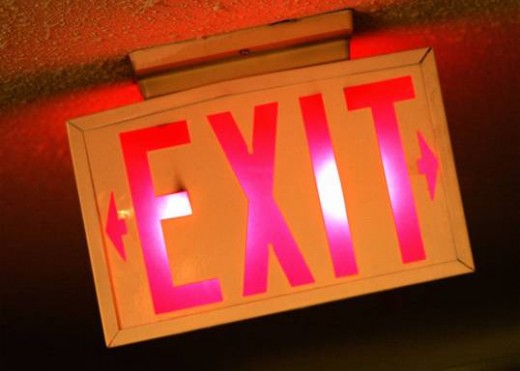
Be Strict About Life Safety Regulations
Be absolutely sure you comply with the National Fire Protection Association's Life Safety Codes. Many high-profile tragedies have occurred at restaurants or night clubs that did not have an adequate number of exits or had chained exit doors shut. Ensure you have at least the number of exits required by local fire codes (the fire department will be happy to inspect your building and cite the code), and that emergency exits are unlocked during business hours, clearly marked or lighted, unobstructed, and have operating panic hardware on the inside. Ask the fire department to inspect annually or hire an outside expert to perform this service for you.
Install lighted “Exit” signs over primary exit doors, and post evacuation route diagrams near elevators, stairways, and at intersections of main hallways. Doors that lead to blind hallways or rooms without exterior exits should be posted with signs reading “Not an Exit”. Also, do not store anything in hallways, even temporarily, that could hinder a rapid and orderly evacuation. Fires and other emergencies can happen at any time, so obstructing an exit route, even for a few minutes, is always hazardous.
If finances permit, install an automatic fire sprinkler system inside your building. This will slow the spread of fire and allow more time for patrons to escape safely. Have it inspected and tested annually by a licensed contractor and inspect frequently to ensure there is nothing stored within three feet of overhead sprinkler heads, especially in storage areas.
If you don't have a sprinkler system, install an adequate number of fire extinguishers and
have them inspected and tagged annually. Test smoke and heat detectors at least monthly and, if they are battery-operated, change batteries yearly. Since smoking is no longer permitted in California restaurants, guests may try to sneak a smoke in restrooms. Post prominent "No Smoking" signs in such areas and install smoke detectors.
Do not allow combustibles (like paper, boxes, office supplies, and packaged goods) to accumulate. These can add fuel to a fire. Insist on good housekeeping and neat work areas. Ensure your janitorial service removes trash promptly. Inspect water heater, furnace, and janitor closets frequently and don’t allow storage of flammable or combustible materials in these areas. A pilot light could ignite them and start a fire.
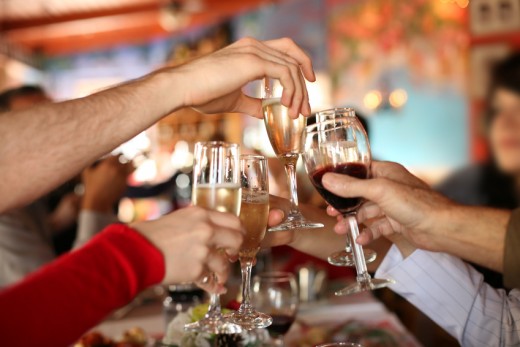
Manage Your Guests
Your building has a maximum occupancy rate assigned to it by local fire regulations. Do not exceed this number; in fact it's a good idea to reduce the fire code maximum by 10% and make that your maximum. Don’t forget to include your employees in the count.
Having a manageable number of guests will improve your chances for an orderly evacuation of the restaurant during an emergency, but also lets you provide the service and attention your patrons deserve. This should limit frustration and angry outbursts or arguments from guests who think they are not receiving prompt and attentive service.
Don’t allow overflow guests to wait out on the street or sidewalk in front of your restaurant. Some restaurant owners think this creates good publicity but it also causes traffic hazards and impatient guests, and may upset your neighbors. Provide ample waiting rooms or bars where guests can wait and relax. Establish a reservation system and be very clear how long the wait will be for those without reservations.
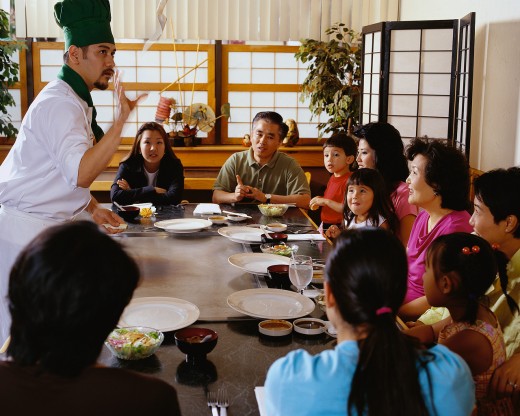
Table-side Cooking
Be careful with table-side cooking. Cook carts should be sturdy, easily rolled and maneuvered, and not overcrowded with equipment and food. Cover carts with flame-resistant fabrics (you may have to spray them with fire retardant yourself), and always keep a charged fire extinguisher under the cart. Avoid using alcohol for cooking fuel because it can spill and flow across a surface, spreading fire with it. Propane is a better choice.
Don't allow waiters or chefs to block main aisles with cooking or serving carts, even momentarily, and ensure there is ample room between tables and other furnishings so spatter from hot oil doesn't land on guests and flames can't reach table linens or guest's hair or clothing. Don't let waiters set flaming dishes on patron's tables. The flames must be extinguished before the dish is removed from the cooking cart.
Your wait staff should always warn customers about hot plates or food before it is served. And be sensible about food and beverage temperatures. Many people remember the McDonald's lawsuit brought by a woman who was scalded when she spilled coffee in her lap. If something is too hot to serve, allow it to cool before bringing it to the guests.
Also teach your waitstaff to carry food correctly and not over burden themselves. A plate of food spilled on the floor is an embarrassing inconvenience. A plate of hot food spilled on a customer is a potential claim or lawsuit.
- Ansul Kitchen Systems
ANSUL is a premium brand of Tyco Fire Suppression & Building Products. You'll find ANSUL systems in diners, fast-food chains, food courts, sports complexes, cafeterias, convenience stores, hotels, gourmet restaurants, and other professional kitch
Kitchen Fire Exposures
Fire protect your kitchen by installing an Ansul-type "wet" chemical fire extinguishing system that covers the burners and exhaust ducts of cooking ranges, deep fryer vats, grills, and broilers. Wet chemical systems can suppress a grease fire without splashing the grease or re-igniting it, and can be manually activated by hitting a switch or automatically activated through heat sensors. Have the system inspected and serviced at least annually by a certified contractor.
If an Ansul-type system is not financially feasible, place fire extinguishers containing “Purple K” extinguishing agent within reach
of cooking areas. Purple K is a specially fluidized and siliconized potassium
bicarbonate dry chemical that is especially effective on flammable liquids and
pressurized gases from kitchen fires. It is also electrically non-conductive.
Supplement the Purple K extinguishers with BC UL 300 listed fire extinguishers.
Use grease removal filters or other extraction devices on stoves and have these, range hoods, and interior duct work cleaned at least monthly to prevent dangerous grease build-up. Effective types of grease
filters include baffle, water wash, and removable dry-cartridge. New
exhaust hood systems are also using ultra-violet (UV) treatment to break down
grease molecules which are then removed through the exhaust system.
Consider installing automatic fuel shut-off devices on gas ranges and ovens. These will shut down the fuel supply if a fire does occur.
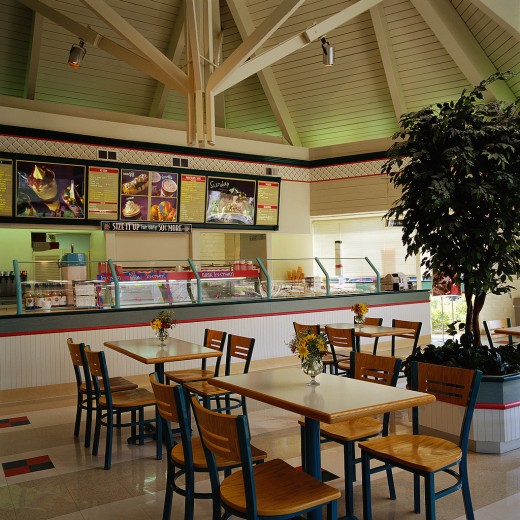
Prevent Slips and Falls
Flips and falls are the most frequent source of injuries and claims among restaurant patrons. This is often due to slippery floors or dim lighting. Avoid the most common mistakes. It should go without saying that anything spilled on the floor must be cleaned up immediately and the area barricaded so guests do not walk through the spill. Have staff check the floors continually for dropped food, utensils, napkins, or other litter and pick up such items immediately to prevent a slip or fall. This is especially important if the dinning areas in your restaurant are dimly lit.
Don't let staff store anything on stairways. Make sure stairs have non-skid treads and sturdy handrails and are kept lighted. You will also want adequate lighting at entrances and exits, in hallways, and in and around restrooms.
Keep floor coverings in good shape. Promptly repair any holes or tears in carpeting that could catch high-heels or cause other trips. If you wax or buff floors, use a non-skid wax that will shine floors without making them slippery.
Take equal care with exterior paving around your restaurant including sidewalks and parking lots. Keep them clean. Have potholes or broken or raised pavement repaired promptly. Pick up trash and other litter, remove weeds, and periodically pressure wash paved areas to remove oil and gum. Even if the sidewalk in front of your establishment is the city's
responsibility, keeping it clean gives your restaurant a more favorable presentation.
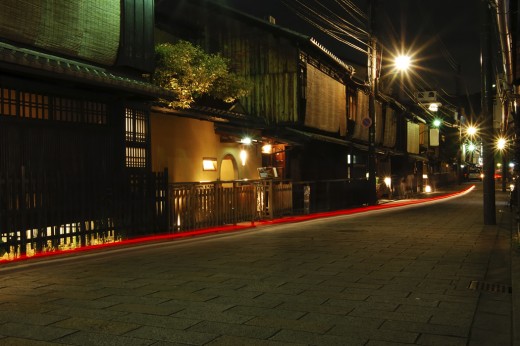
Reduce Crime Opportunities
People typically go to a restaurant to relax and enjoy themselves so they may not be as alert to danger as usual, especially if they are are drinking alcohol. Make sure your restaurant is safe for guests.
Restaurant restrooms are common sites for assaults and other crimes, such as drug dealing. Keep your restrooms well lighted, clean, and under discrete surveillance by an attendant who checks them periodically. Don’t “pipe” music into restrooms; it may mask a guest’s call for help or criminal activity. Don’t allow guests to loiter in restrooms and enforce a strict "customers only" policy.
Keep your parking lot well lighted at night and have someone check it periodically for loiterers or other suspicious characters. Offer to have a male staffer walk single guests to their cars, or at least watch them from a door or window until they are safely in their vehicle.
Be discrete with cash. Use folders to present customer's bills and instruct staff not to loudly count out change at cash registers.
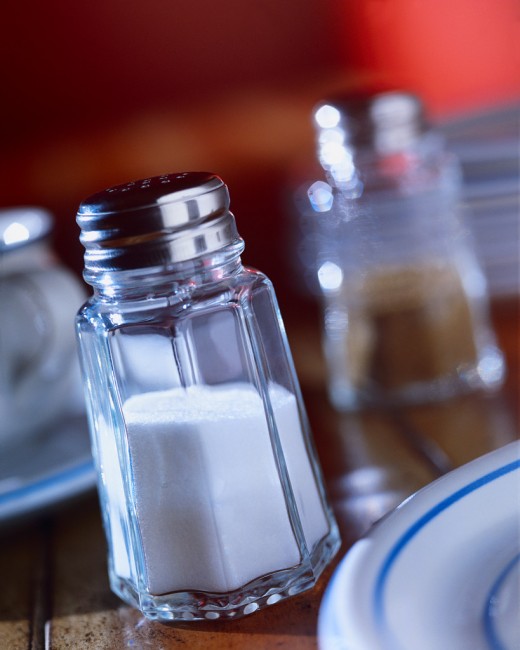
Other Tips
Require written contracts with large groups that rent out rooms in your restaurant for private banquets or parties. Stipulate in the contract that you are not responsible for damages or injuries if guests at a private party become unruly. Contractually limit the number of guests that may attend and assign a “greeter” who conducts a head count. This will help weed out gate crashers, cheaters, and other trouble makers.
If your banquet guests hire an outside band or other entertainers, contractually limit your liability for damage to instruments, amplifiers, props, or any other equipment they bring. Also limit your liability for guests who suffer bodily injury from contact with equipment brought in by others, such as tripping over electrical cords or being struck by a heavy prop.
Inspect your glassware and dishes frequently to ensure they have no chips, cracks, or other flaws that could cause them to break. Never serve food on a plate with a hairline fracture or other defect.
Lastly, train your employees on the proper method to assist a guest who is choking on food. Many dinners have been rescued by alert restaurant staff who know how to apply the Heimlich maneuver.
